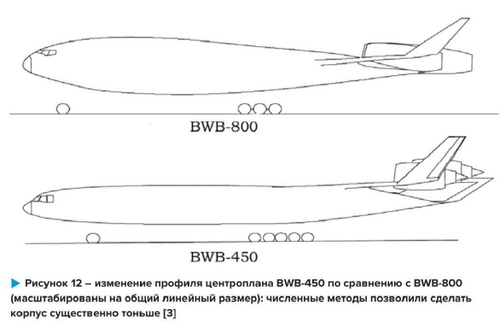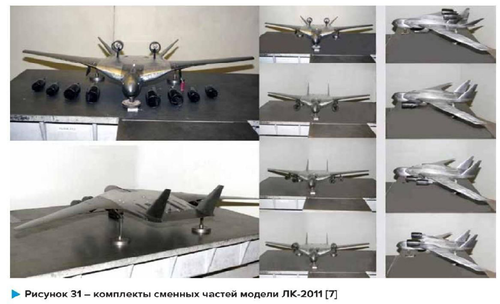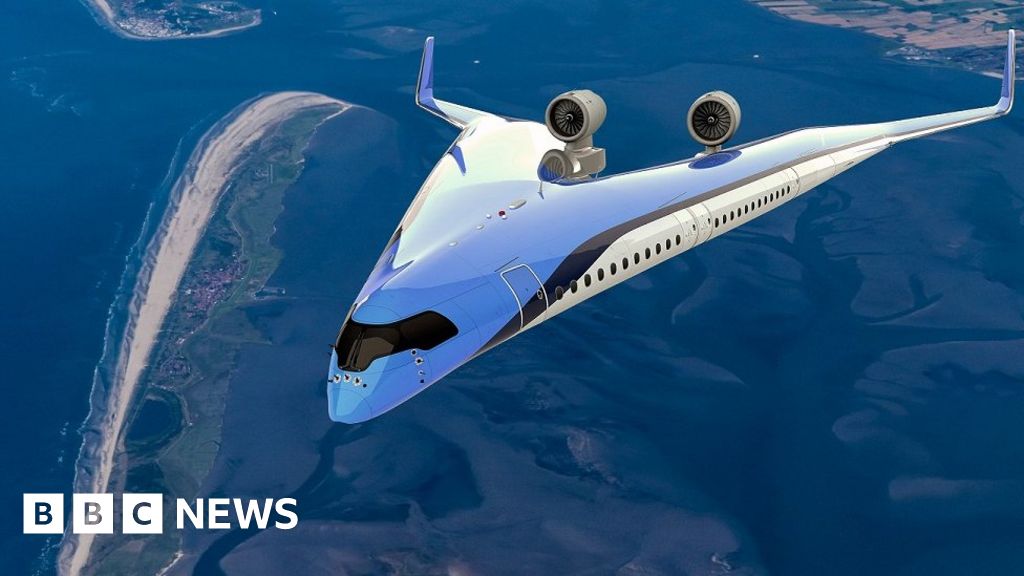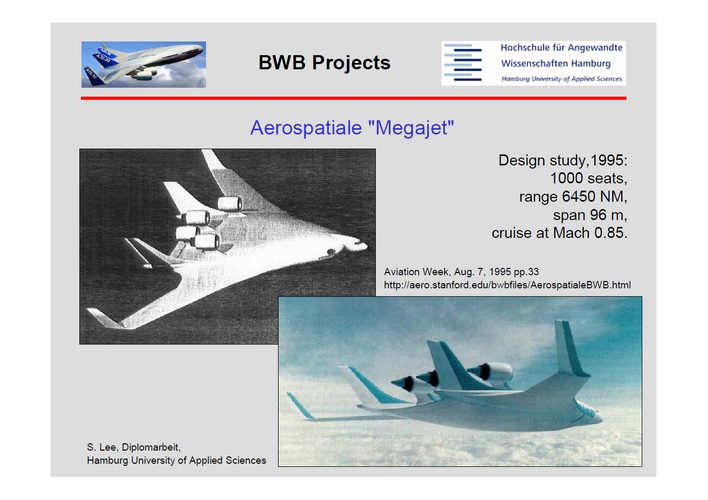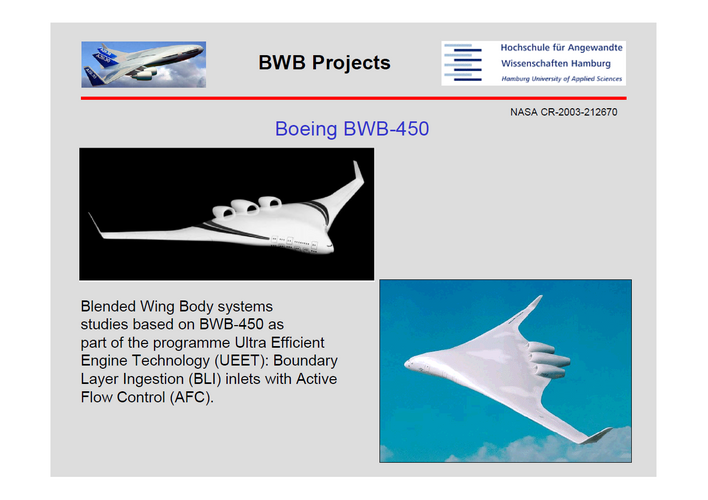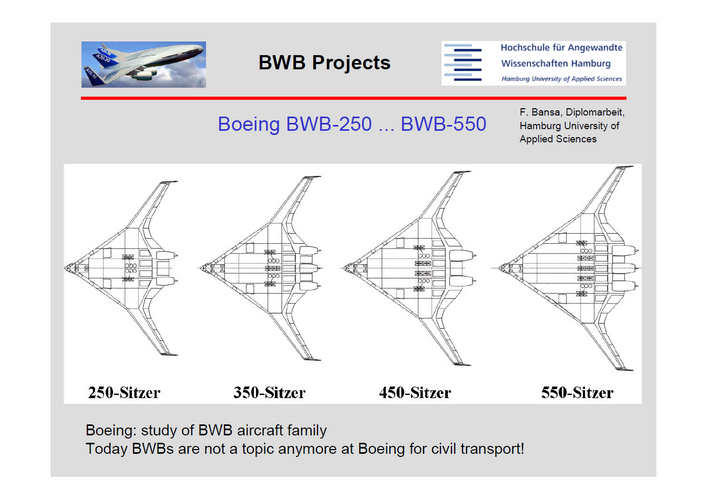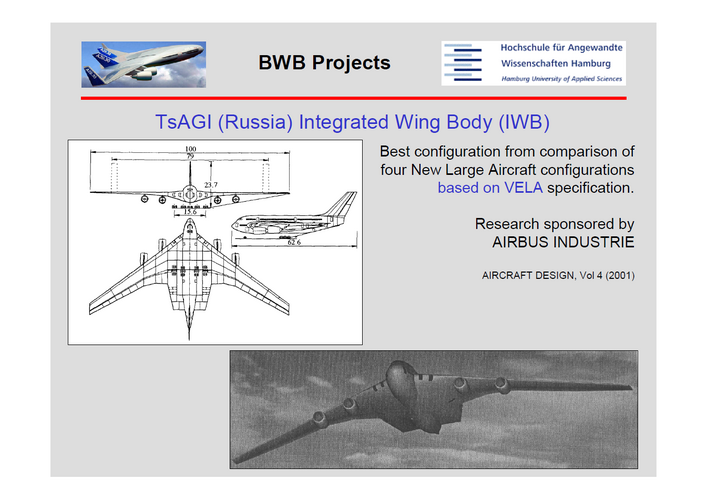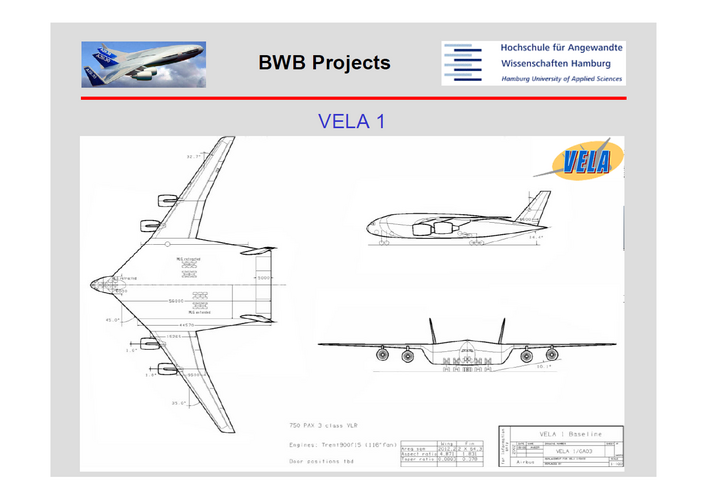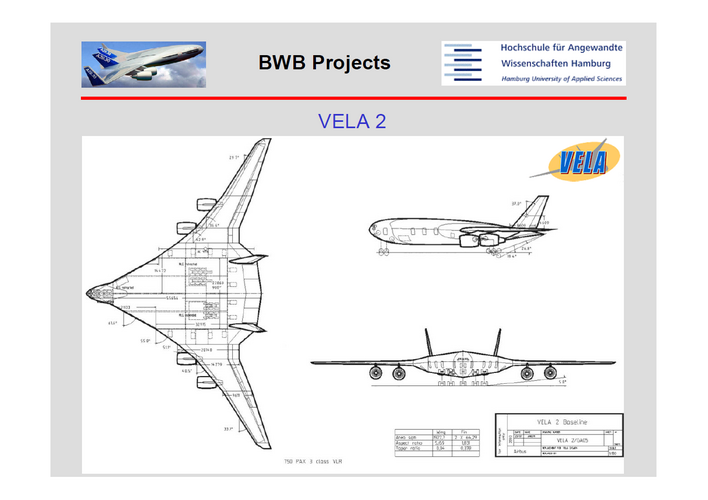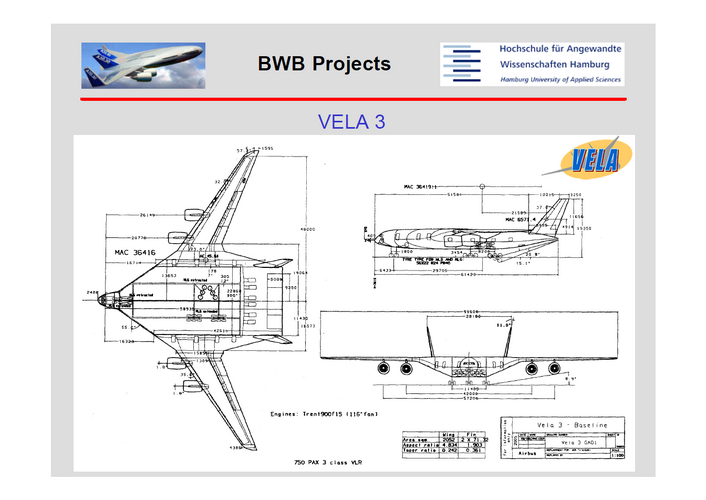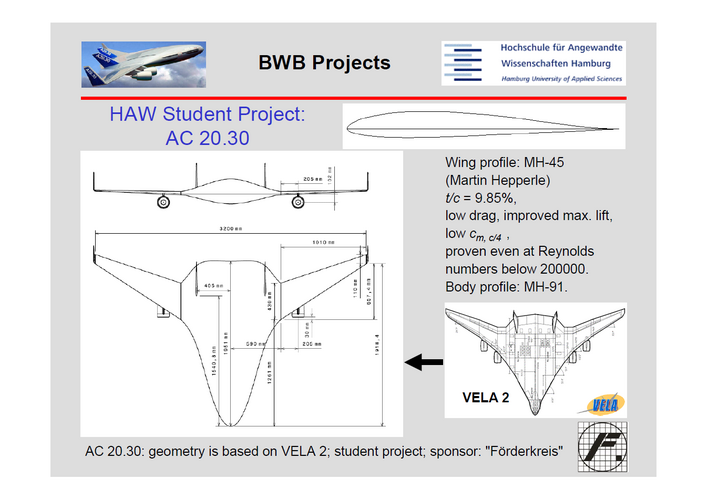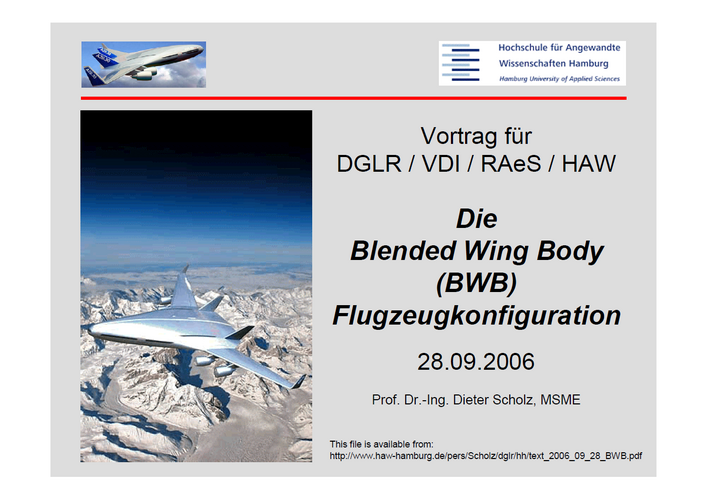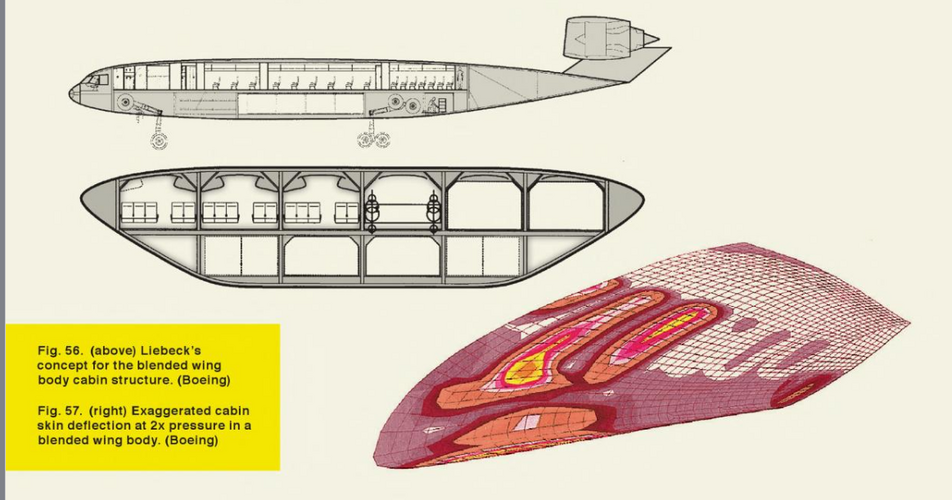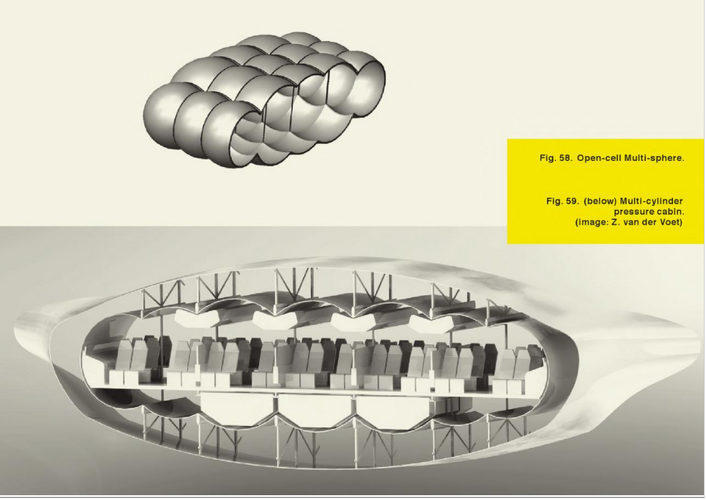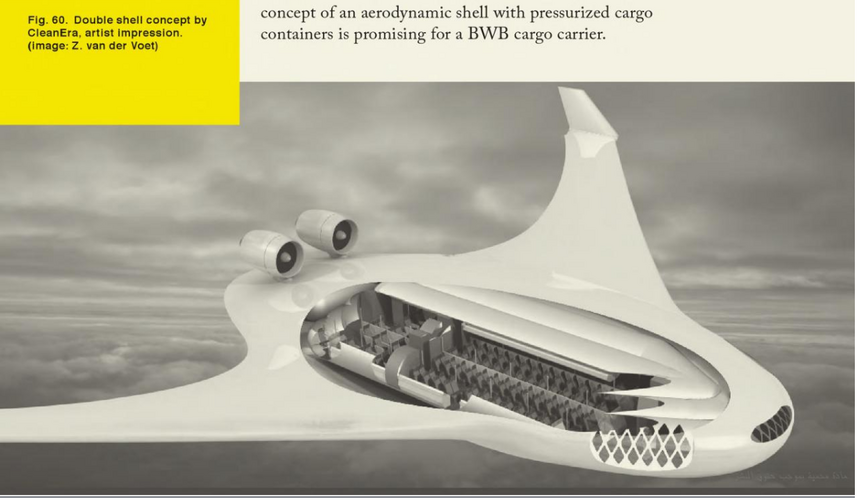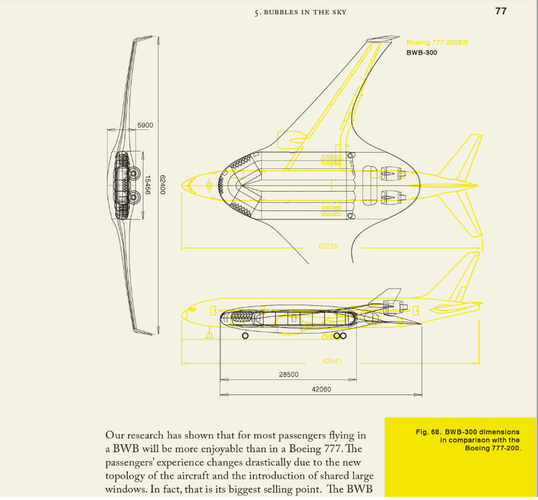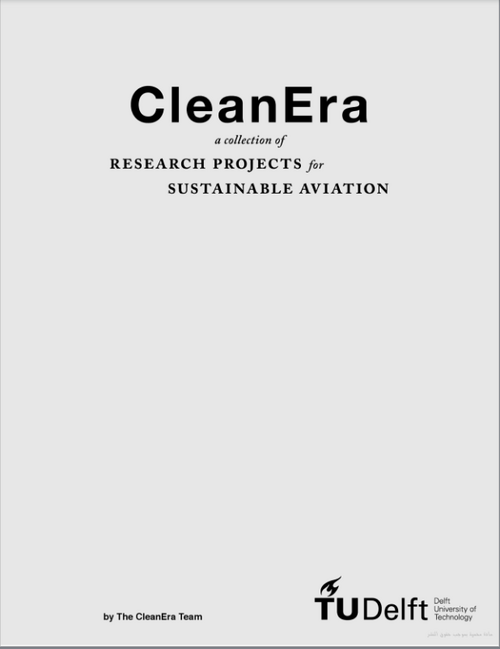- Joined
- 25 June 2014
- Messages
- 1,564
- Reaction score
- 1,499
No novel aircraft configuration has a body of evidence sufficient to prove anything when it first flies, that is a meaningless charge to raise. What it does have is informed assessment of the risks, known as the safety case, and any obvious precautions, which may have been lab-tested - all driven by what the safety experts "surmise based on what they know."The fact is, you have no idea as to whether the layout proposed by Airbus in the Maveric is less safe than a conventional one. None at all. There is no evidence out there that proves it either way, so for now, you are surmising based on what you know.
A case in point. The BWB was aired by Boeing around 30 years ago. The FAA responded with various safety concerns, which this discussion is broadly revisiting, and freely stated that it was all a bit hypothetical until Boeing submitted a detailed design. Maveric is in much the same concept-study design phase that Boeing were back then.
So here is another little bit of surmise. The Maveric concept model is, after the current fashion, twin-engined. These may be mounted above the trailing edge but they are positioned wide of the passenger cabin. Is that safe enough in a crash? What about the plane slewing sideways before impact? What about a hot engine smashing into a fuel tank? What about a failure of the blade/blisk containment casing? The RR Trent is designed to contain a broken fan. Some prop airliners had reinforced fuselages just alongside the props. What precautions would a high-rear engine need? Yes the details are largely unknown, but the risks which will motivate those details are clear enough, and some precautions are a lot more practicable than others.
Boeing backed out because of the big problems they faced realising a commercially viable BWB. Will Airbus find a way where they did not? Nothing is certain, but I have my doubts.
Last edited:

